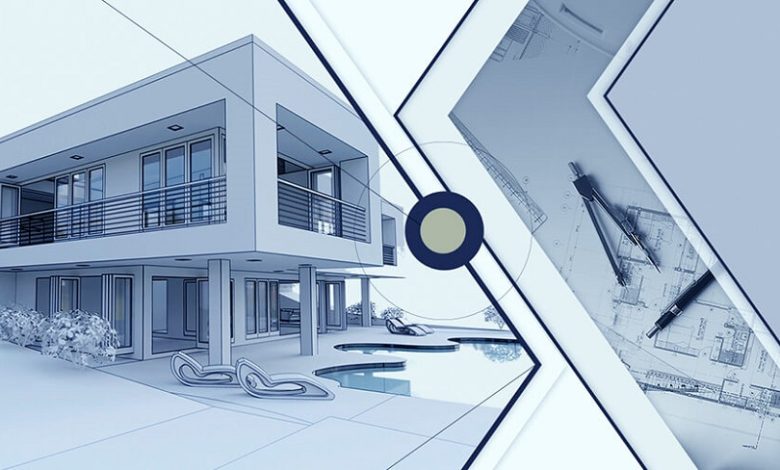How 3D Visualisation Is Transforming the Architecture Industry

Architecture has always been a field that is deeply rooted in creativity, innovation, and technology. With the advent of 3D visualisation, architects and designers are now able to take their creations to new heights and revolutionise the way we think about building design. As such, the following points will explore how 3D rendering is transforming the architecture industry and the benefits it brings to architects, builders, and clients alike.
Improved Communication
One of the most significant benefits of this technique is its improved communication between architects, builders, and clients. With this skill, architects can better communicate their design intent to clients and builders, reducing the potential for misunderstandings and ensuring that everyone is on the same page. Clients can also provide feedback on the design, making it easier for architects to make adjustments to the design in real-time, resulting in a better end product.
Cost and Time Savings
Another major benefit of this technique is the cost and time savings it provides. Architects and builders can identify and address potential design flaws before construction begins. This minimises the need for costly revisions during construction and helps ensure that the project is completed on time and within budget. Additionally, it allows builders to streamline the construction process, reducing the time spent on site and ultimately reducing the project’s overall cost.
Enhanced Design Quality
By using it, architects and designers can create more detailed and accurate designs. This not only results in better design quality but also improves the overall functionality of the building. It also enables architects to test different design scenarios, allowing them to explore different materials, finishes, and lighting options. This helps architects and designers to make informed decisions about the design, resulting in a building that is not only aesthetically pleasing but also functional and efficient.
Sustainability
Sustainability is becoming an increasingly important consideration in the architecture industry. Architects and designers can explore different sustainable design options and evaluate their environmental impact. By using this technique to create sustainable designs, architects can reduce the environmental impact of the building and ensure that it is more energy-efficient. This benefits the environment and reduces energy costs for the building’s occupants.
Accessibility
Another way that 3D rendering is transforming the architecture industry is by making it more accessible to a wider audience. It allows architects and designers to create virtual tours of the building, enabling clients to experience the design as if they were walking through it in person. This gives clients a better understanding of the design and makes it easier for them to provide feedback. Additionally, it allows architects and designers to collaborate with other professionals remotely, making it easier to work with teams worldwide.
In conclusion, this visualisation technique is transforming the architecture industry in countless ways. By providing improved communication, cost and time savings, enhanced design quality, sustainability, and accessibility, it is revolutionising the way architects and builders think about building design. With the ability to create accurate and detailed representations of their designs, architects and designers can create buildings that are aesthetically pleasing but also functional, efficient, and sustainable. As technology advances, it is clear that 3D visualisation will become an even more integral part of the architecture industry, providing architects, builders, and clients with new and innovative ways to visualise and create buildings. So by embracing this technology, architects and designers can create buildings that are beautiful and functional and environmentally sustainable, helping to create a better world for future generations.

